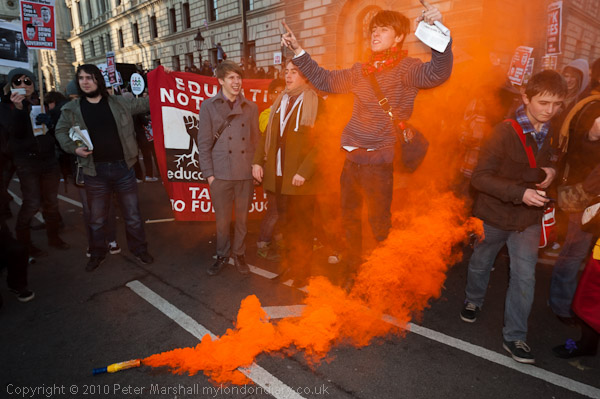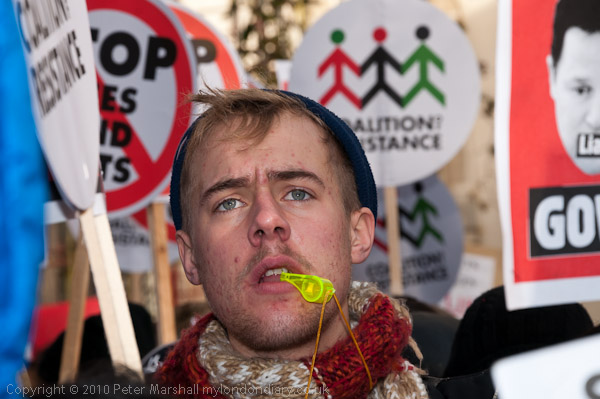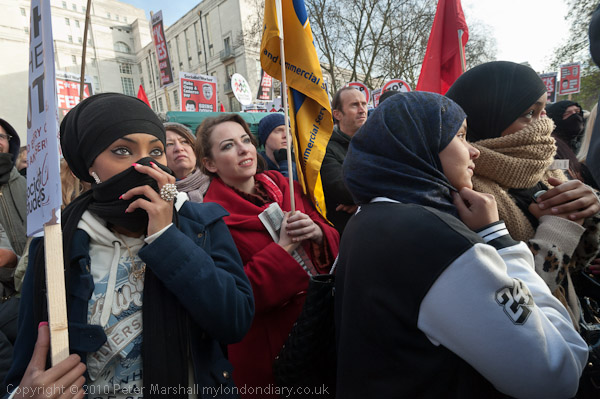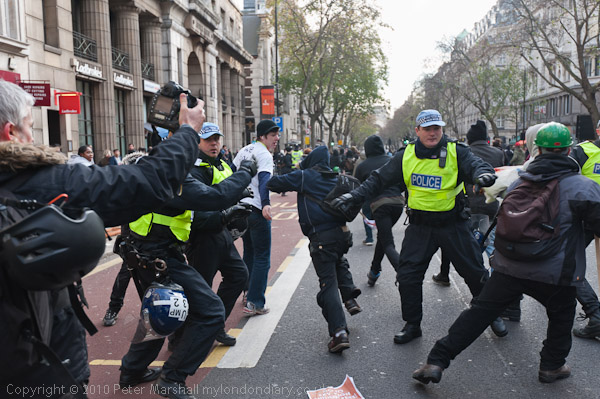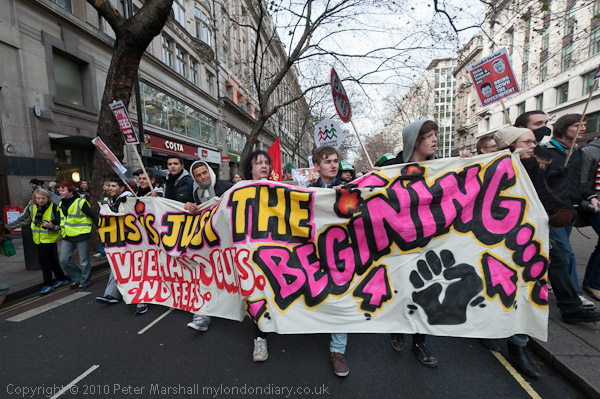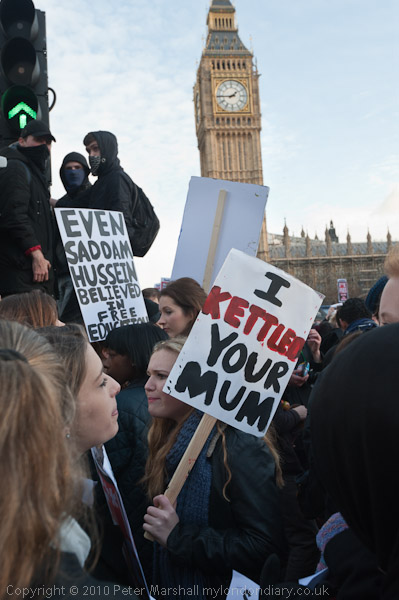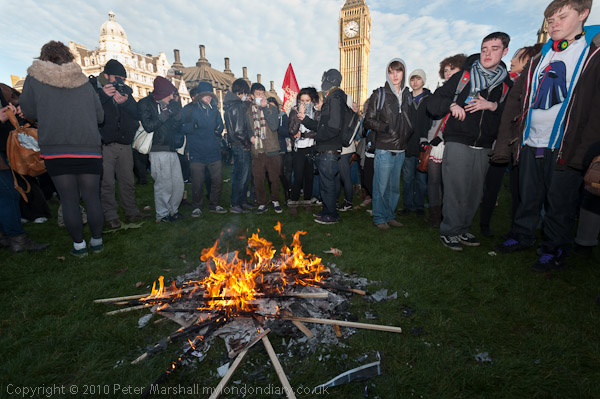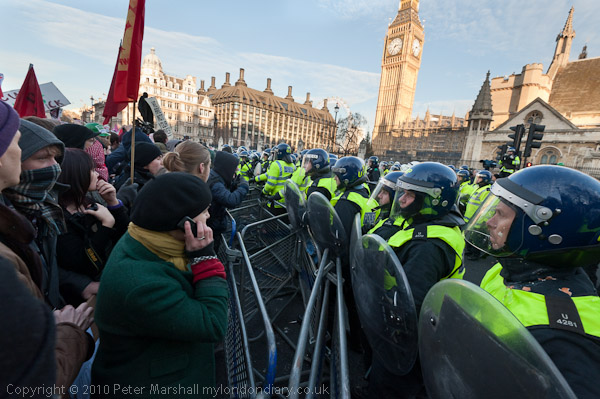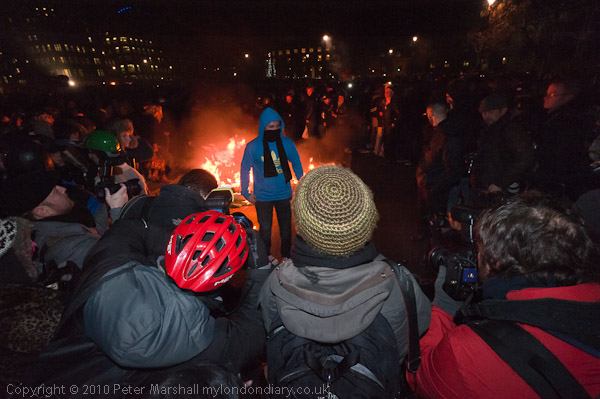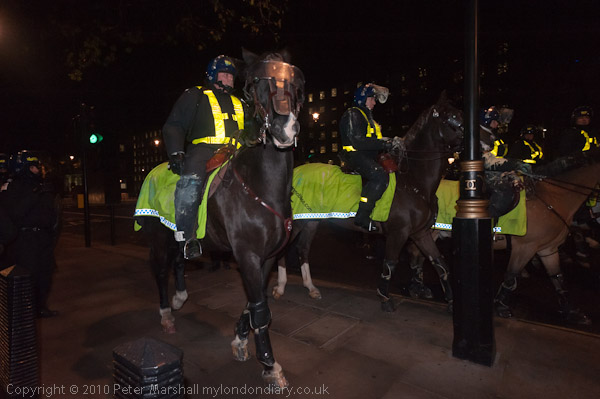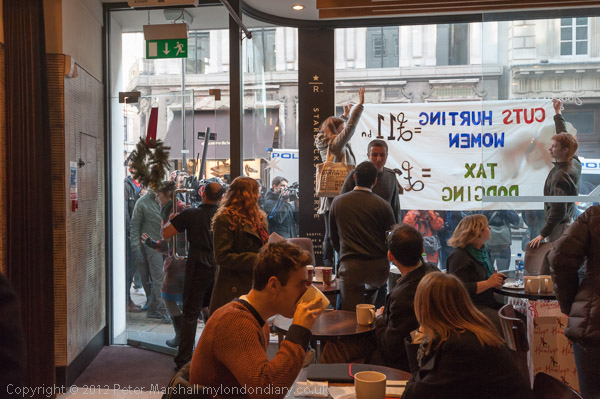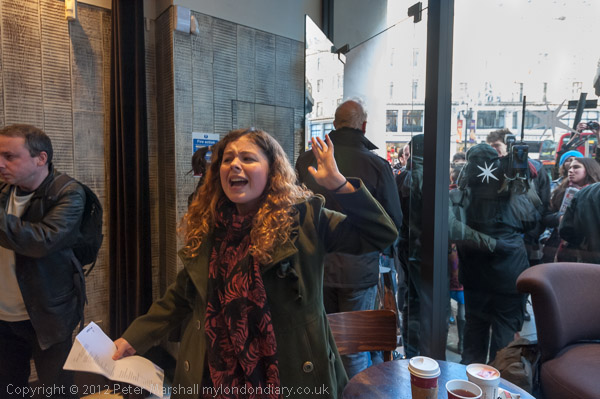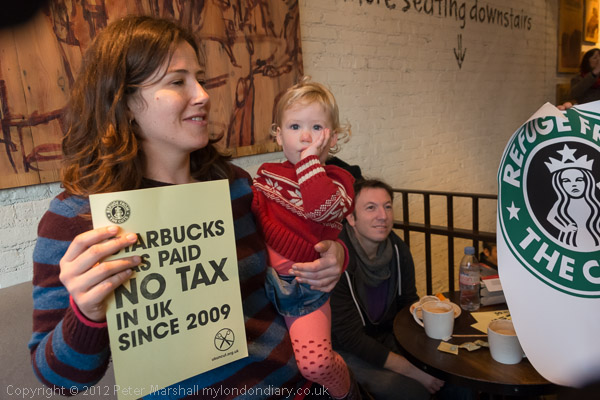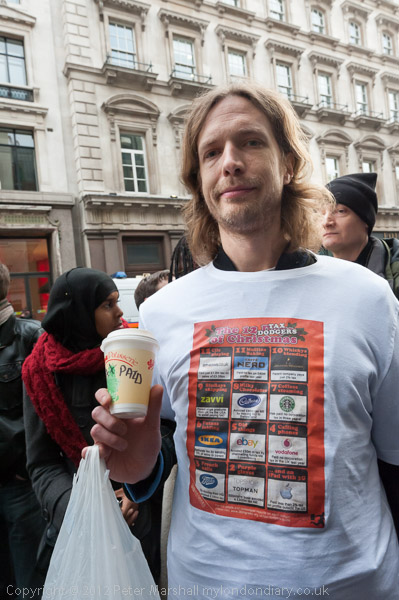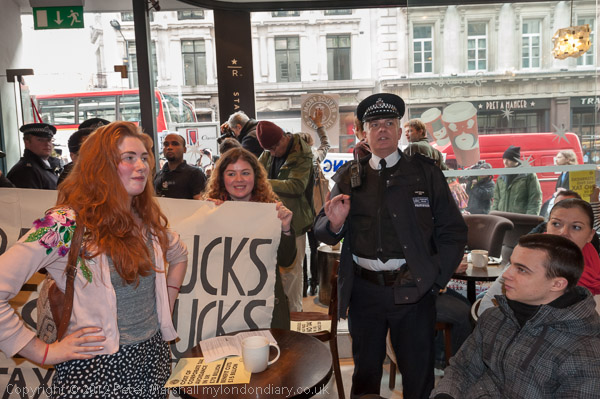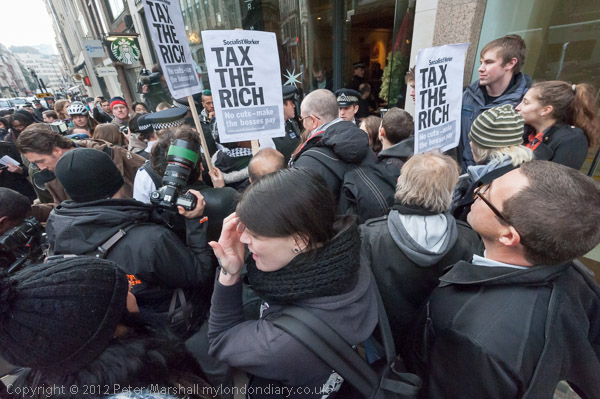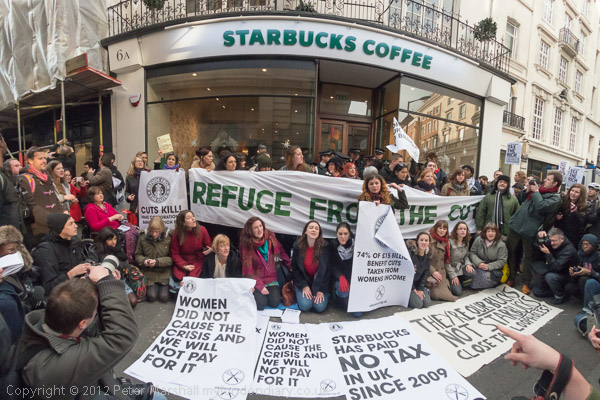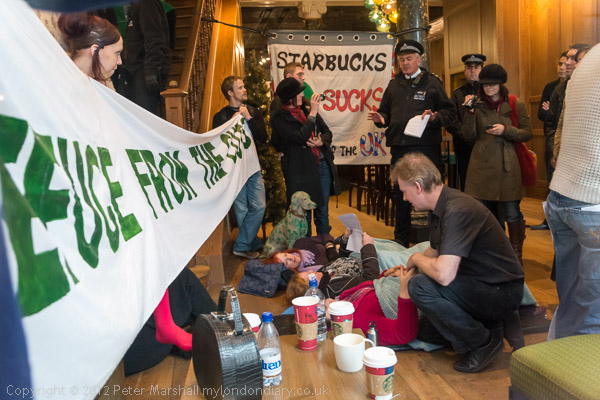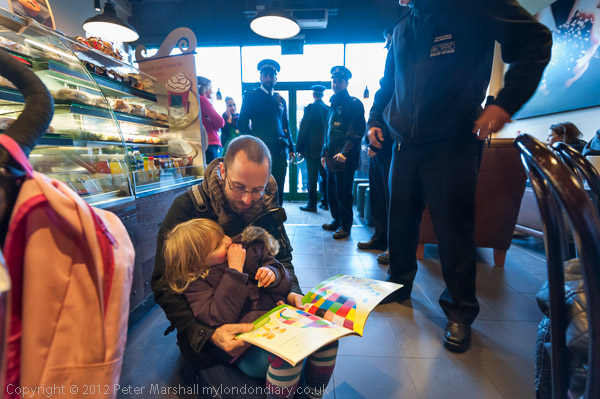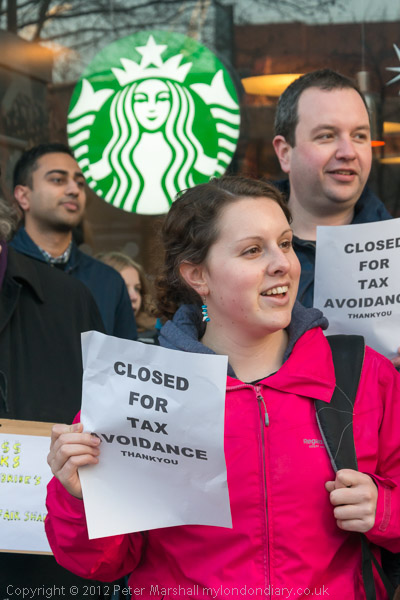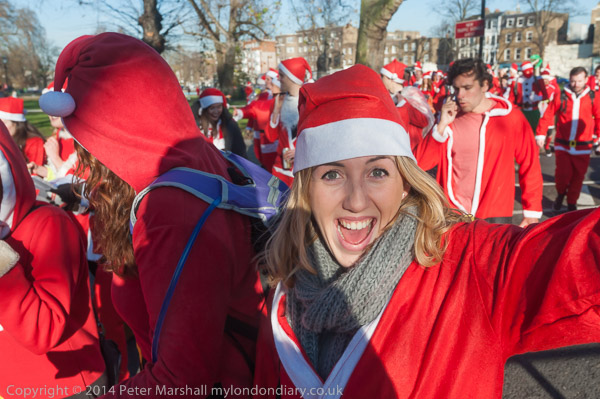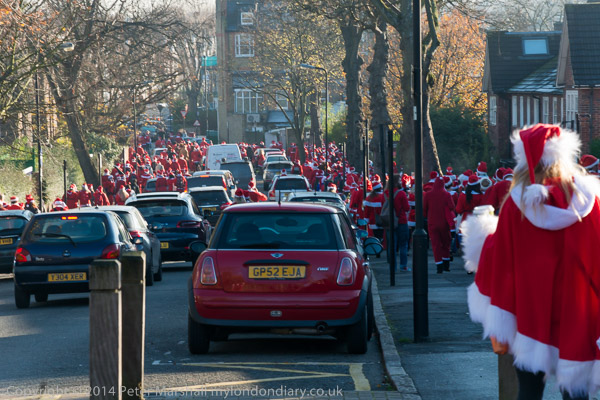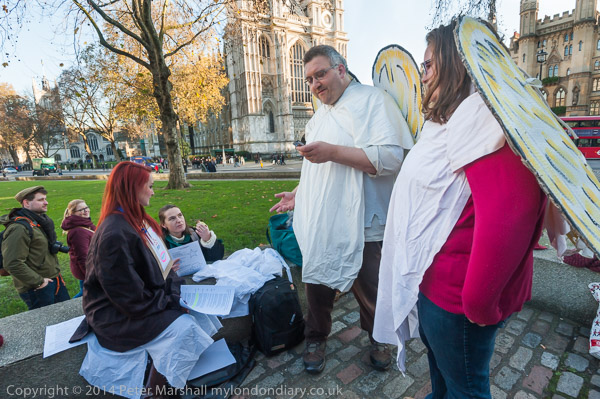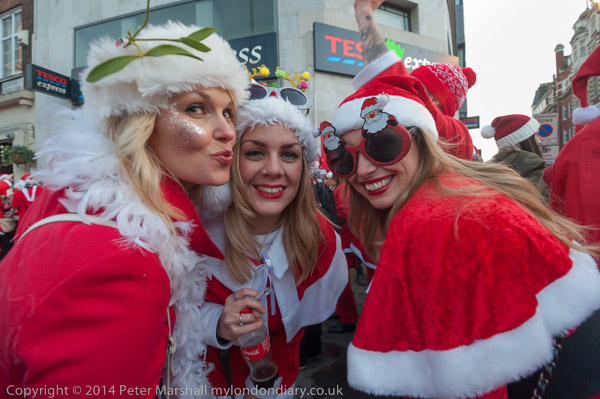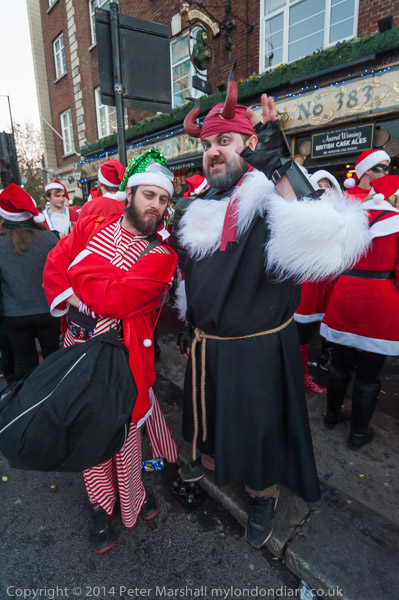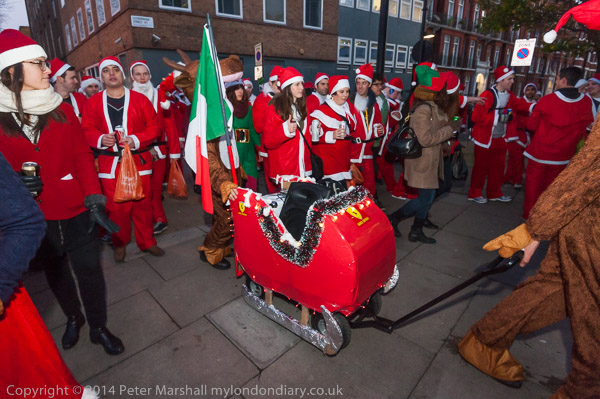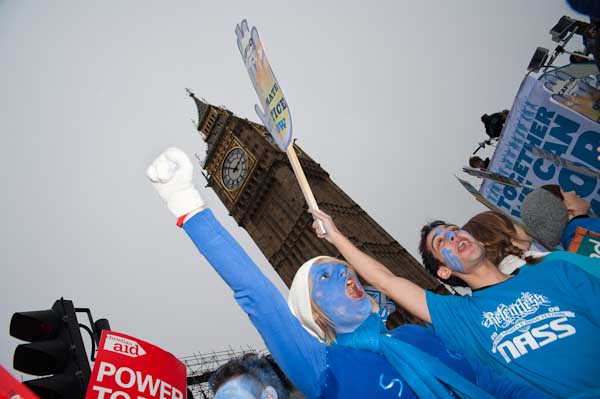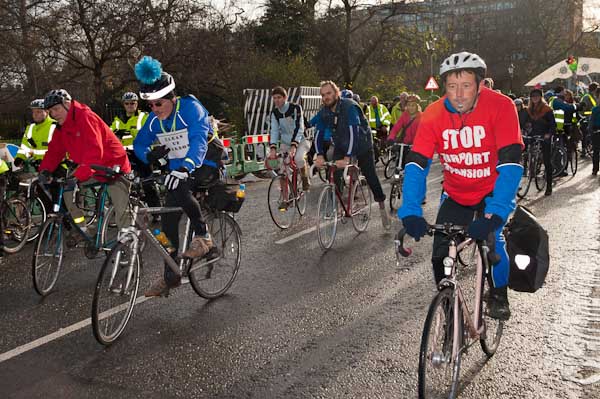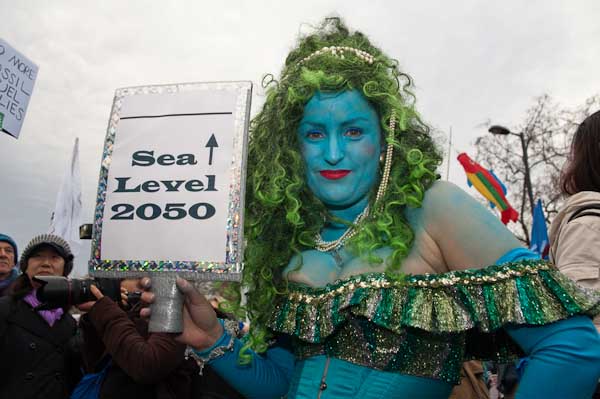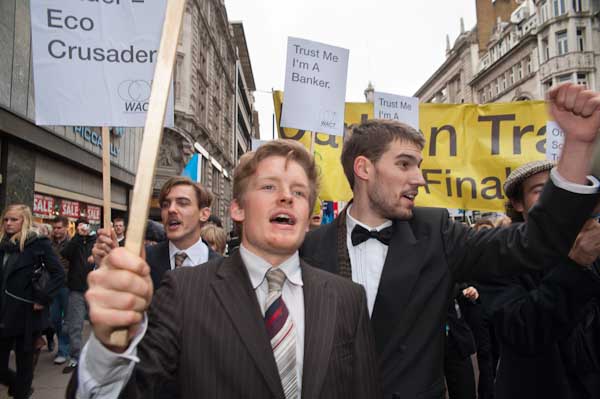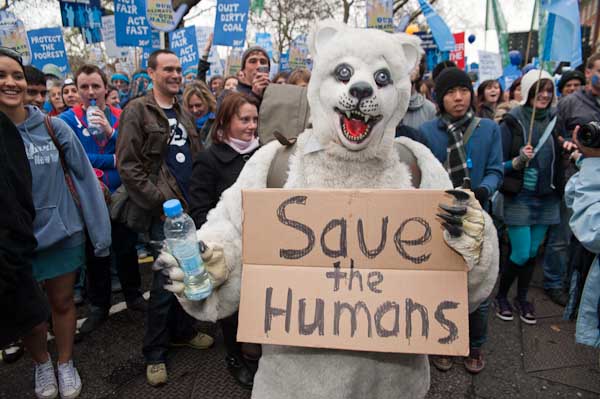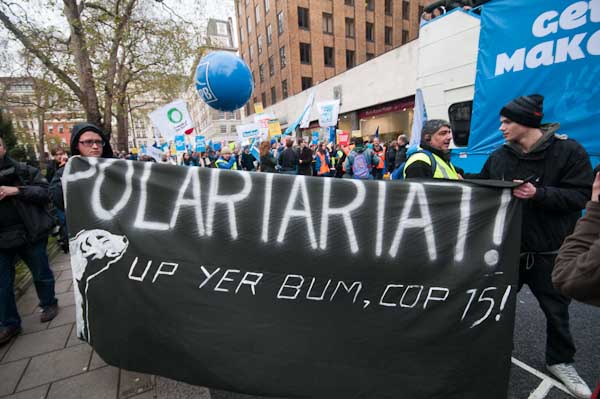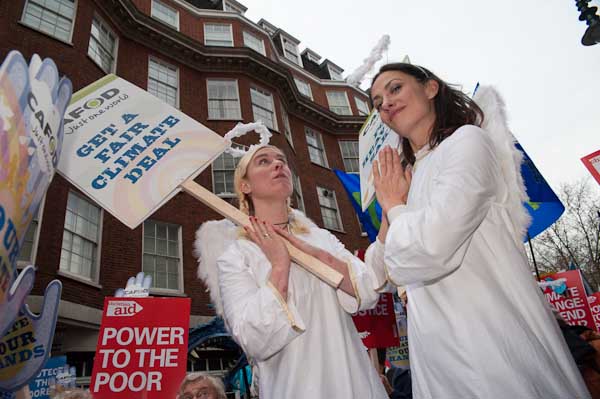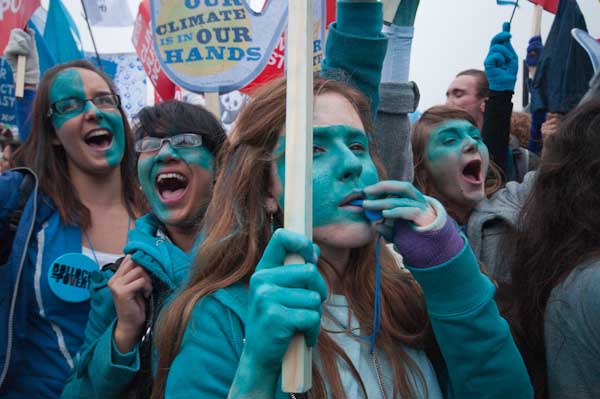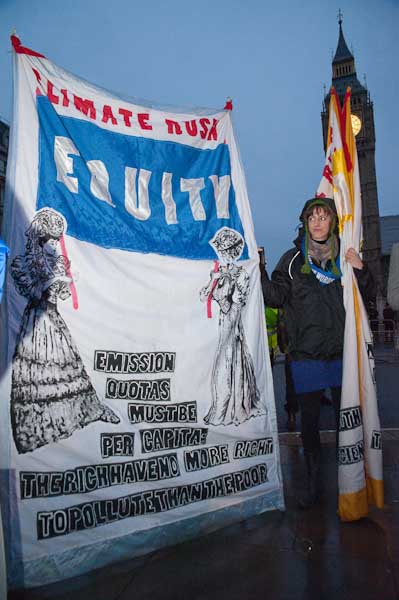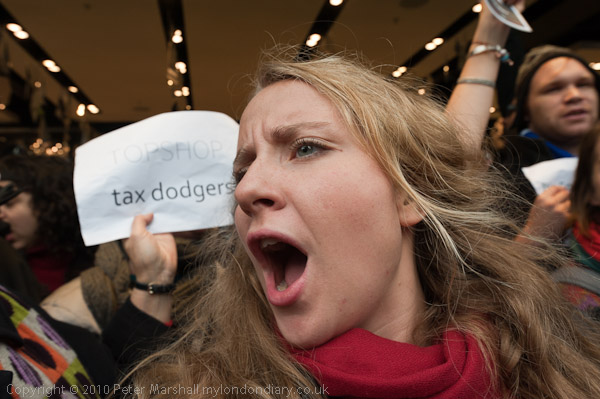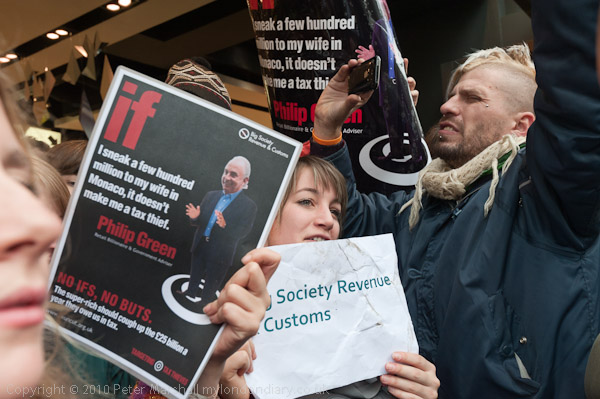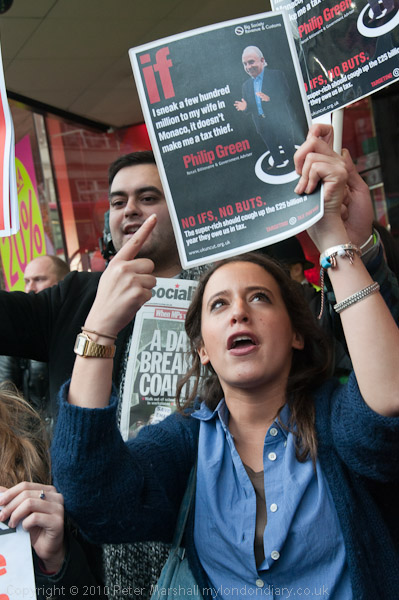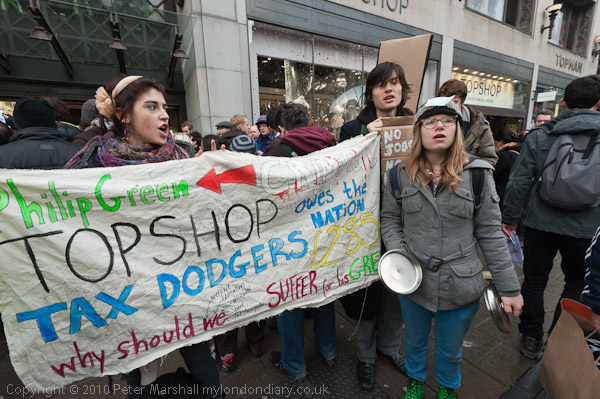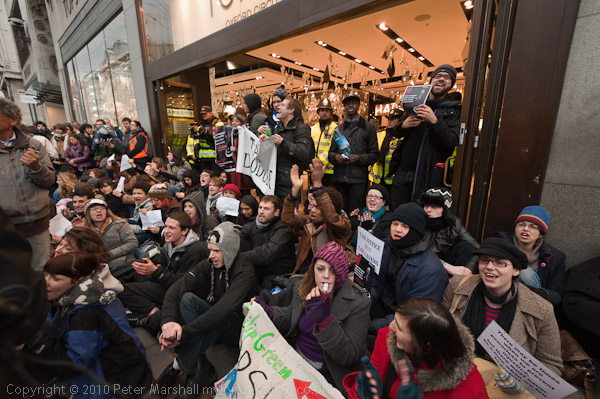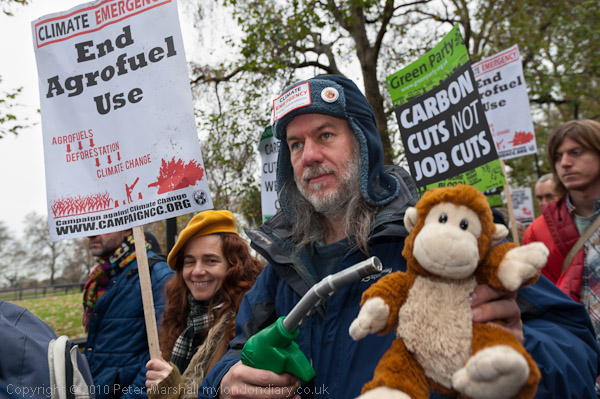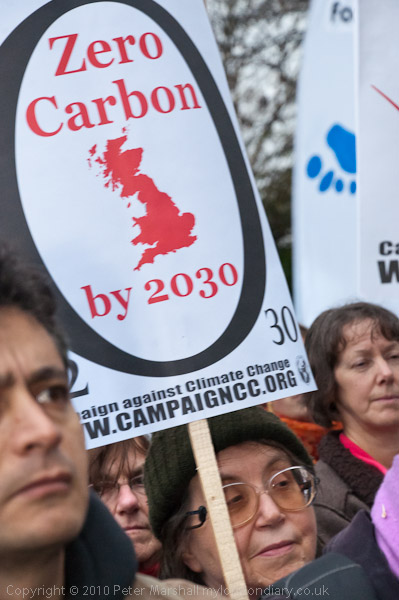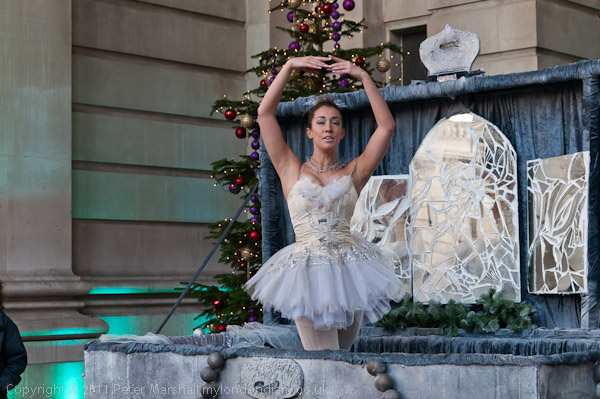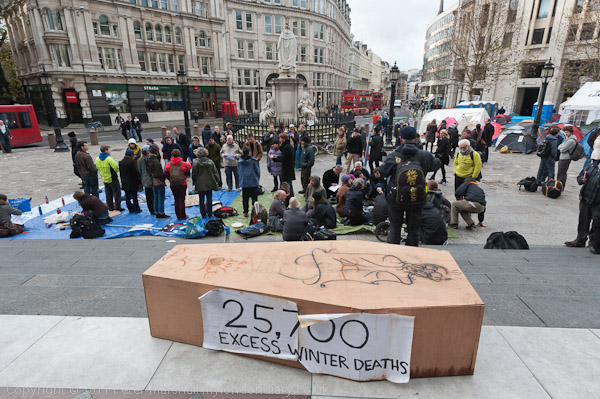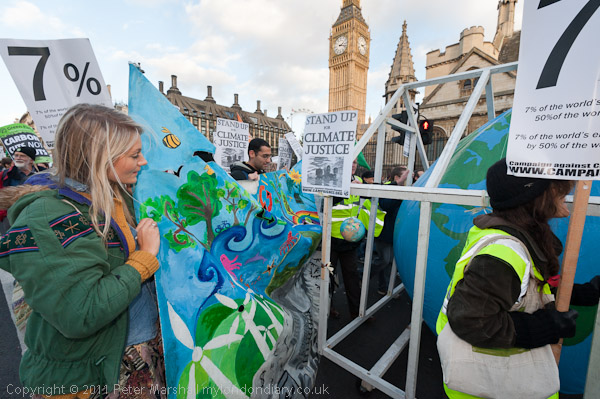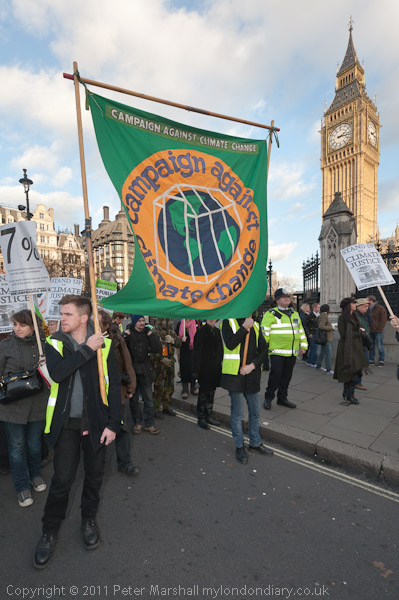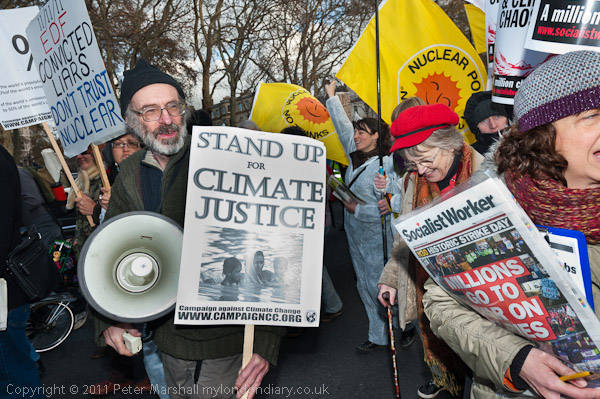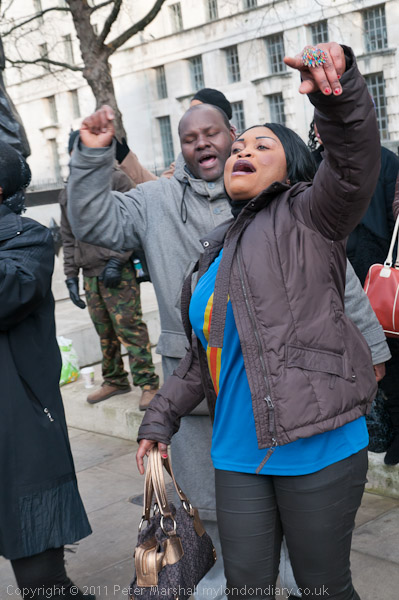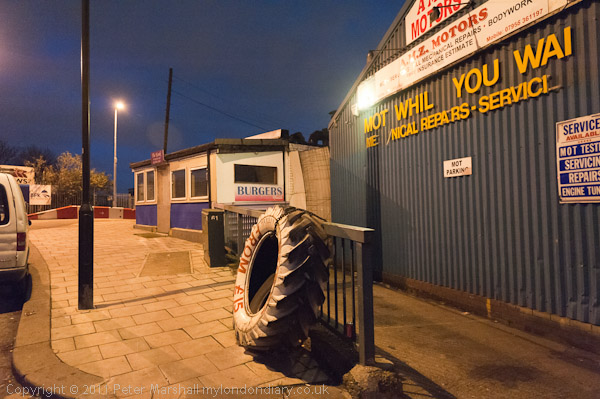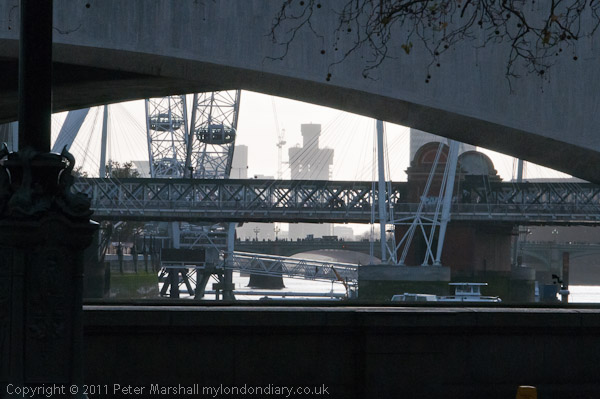J Welford & Son’s Warwick Farm Dairies is still there on the corner of Elgin Avenue and Shirland Road, still looking much as it did when I took this photograph in July 1988, with I think the only noticeable change being in the name of the shop. Now it is over a hundred years since Welford’s became part of United Dairies and cows were kept in the large yard and its buildings behind, but there is still a cow’s head on the second storey of this corner building.
When walking around the streets with a camera around my neck I often was accosted by children clamouring for me to take their picture, and I never refused, though occasionally when I was running out of film I might only pretend to do so. Here the interest was perhaps as much in the BMX bikes and the sweater this young man was wearing as in him or the background.
Westminster Council demolished this care home on Shirland Road in January 2018, replacing the low building and garden with two large 5 storey blocks, one a replacement Beachcroft House care home opened in 2019 and run by Gold Care Homes and the other a block of 31 luxury flats, The Masefield, sold to finance the project.
Not one door but seven on the front of a former shop somewhere in the short row of five shops at 113-121 Shirland Rd. It rather amused me. Perhaps 30 years ago when I first needed a computer desk I spent some time looking at those available before deciding they looked small and rather flimsy and I could do a better job myself by cutting up an old door I’d replaced in the house, cutting off part horizontally to use as the desktop (its top surface covered by hardboard a previous resident had added) and the top section sawn vertically to give two side supports. A couple of lengths of 2×4″ hardwood provided some bracing close to floor level – and the footrest on which my feet are now resting as I write. It took me 10 minutes to measure and sketch the design and a morning to make and seems likely to last longer than me.
Delaware Mansions calls itself on its web site “The best mansion block in Maida Vale!2. Although Delaware Road was planned in 1875 by the developers of the Paddington Estate, the Paddington Trustees and the Church Commissioners as one of an alphabetical series of streets along with Ashworth, Biddulph and Castellain but the site was allotments until this block was built in 1903-1904 designed like many Maida Vale mansions by Boehmer and Gibbs. The road was only then properly made up.
The Church commisioners sold the entire Maida Vale Estate in 1981 with tenants being given a 20% discount on the market value and long leases. They sold the freehold to Fleksun in 1990.
Although I’d often heard that a radio programme had been made in the BBC Maida Vale Studios I had no real idea where they were until I walked down Delaware Rd. They are opposite Delaware Mansions, whose web site tells me they were originally “the Maida Vale Skating Palace and Club, which opened in 1909 and had one of the largest and most elegant roller-skating risks in the world. It could accommodate hundreds of skaters and seated 2,620 people at any one time.” It was one of the first studios for the BBC and home to many famous programmes; in 2018 the BBC announced plans to close it.
This was obviously once a rather sporting area, as on the next street to the east, at the corner of Castellain Road and Lauderdale Road was the Tennis and Squash shop, though this was in 1988 the Maida Vale Driving School and has boards showing a varied selection of vehicles for sale in the window. Now it is a flower shop.
This is on the end of a row of shops, Lauderdale Parade. I’ve found no explanation for the rather curious motif on the end wall which has a lion’s head at its centre. Lauderdale Mansions in several blocks were the first mansion blocks to be built in Maida Vale in 1897. Actor Alec Guinness was born there in 1914.
I can find little information about 203 Elgin Avenue, a large detached house on the corner of Biddulph Road. On the side of the house is the date AD 1890.
I took the short walk up Biddulph Road and into Paddington Recreation Ground, where I photographed a few people cycling around the paved track (not online) and probably visited the public toilets before returning to Elgin Ave, photographing the side of this house again.
This seems a good place to finish this post – more from Maida Vale in a later post.


















